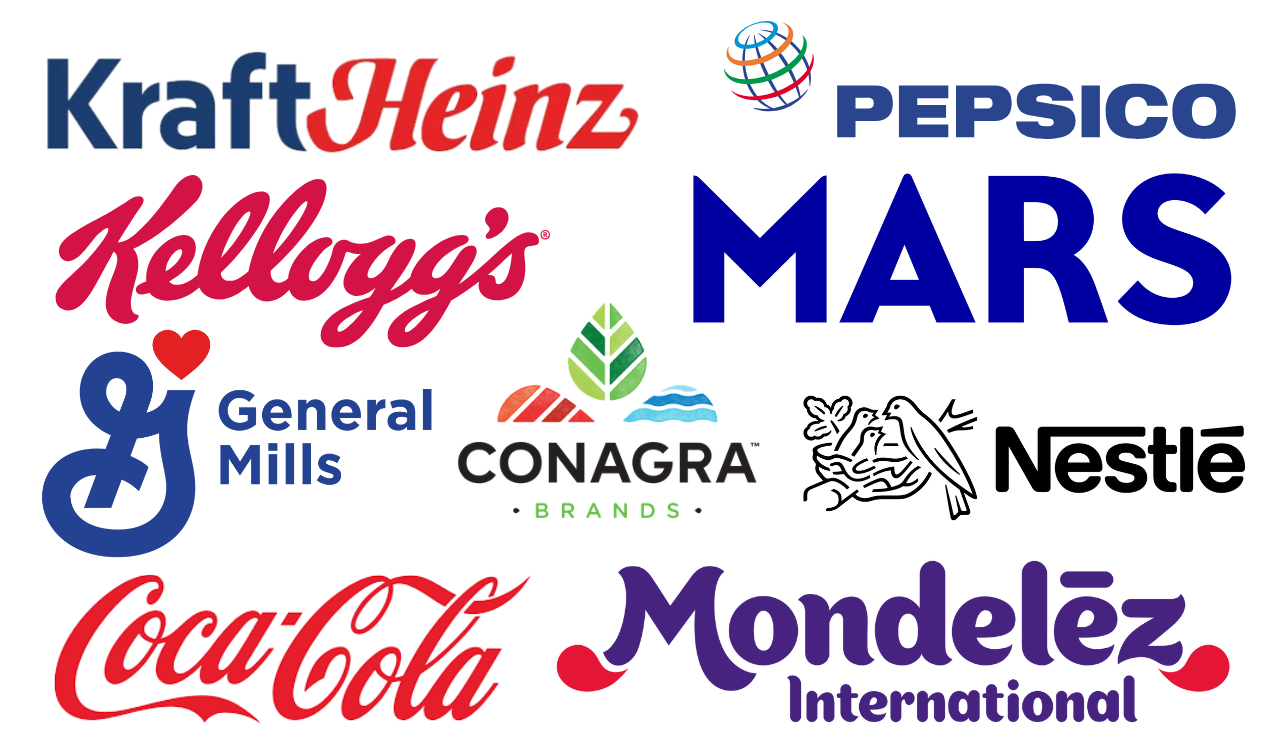Over 250 years ago the textile industry was the catalyst of the Industrial Revolution. It’s time for the industry to start an environmental one.
In October 2019, I wrote an article for The Robin Report entitled \”The Day Without Yesterday\” where I took the reader for a ride to space. My hope was by better understanding our place in the universe and by offering a perspective on where we live, we could understand what a very special place Earth is and how important it is to protect it. By the end of that article, I had no solutions, but was inspired to research what the key issues are and how they can be addressed.
My research led to a new business for me that is more than apparel, it is maybe a solution: Nick Graham re.fresh. My men\’s sportswear collection is made of all polymer-based recycled materials. We don\’t use any non-polymer blended fabrics because of the difficulties in separating two kinds of yarns in the recycling process. The use of metals is limited because of the difficulty in removing those materials from garments during recycling. The collection is designed to be dismantled and recycled again into something new. You can turn sweaters into pants, pants into flip flops and flip-flops into toys in an unending cycle of possibilities. It\’s a simple circular process I call 3D: Design, Distribute, and Dismantle.
I don\’t profess to be an expert in this field by any means. I am still learning, but I\’m excited about the potential that lays before all of us if we put our passion and belief in solution-based business models. From this research I started to look at the scale of the issues our industry faces, and I came to the realization that by using existing technologies, entrepreneurial drive and a wicked imagination, we have a shot at dramatically transforming our industry.
A Brief History Review
The Agricultural Revolution, which started around 12,500 BC, was one the most profound events in the history of humankind. By transitioning from a nomadic lifestyle of hunters and foragers to domesticating plants and animals, it allowed humans to establish settlements and start civilizations and societies. Once our food supply and shelter were constant and secure, we were liberated to pursue ideas and develop art, music, architecture, literature and design. Over the next many millennia, humans created a stunning array of artistic and cultural achievements that are remarkable in their quality and depth of craftsmanship.
Within the next 20 years, could the fashion industry become one of the greatest environmental turnarounds in history?
Around 1000 A.D., as an outcome of the Agricultural Revolution, cotton became a major industry in India, China, Central and South America and the Middle East. Over the next 700 years, cotton became more and more popular becoming a medium of exchange throughout the civilized world. Its popularity in Britain was especially dramatic. In 1750, Britain imported 2.5 million pounds of cotton; by 1800 it was 52 million pounds and by 1850 it was 600 million pounds. Britain\’s ability to import and process such a large amount of cotton was the development of new manufacturing processes, driven exclusively by textiles. Between 1760 and 1840, a new age was born, commonly known as the Industrial Revolution.
This transition was dramatic and affected all of society. Manual production evolved into machine production. New developments were made in chemical manufacturing, iron production processes, the rise of steam power and the mechanized factory system were all a direct result of the advancements in the textile industry.
In 1926, and as a result of advancements in science made possible by the Industrial Revolution, an event occurred that changed the course of the textile industry forever. DuPont\’s research in large molecules and synthetic fibers created nylon, the precursor to polyester, which created a revolution in fiber that today accounts for the majority of all yarns produced.
Overproduction
According to the Ellen MacArthur Foundation New Textiles Economy report, global apparel production has increased 100 percent over the last 20 years to 100 billion units annually, (although the global population has only risen 30 percent). Annual production is projected to be 300 billion units by 2050 and will be responsible for 25 percent of the growth of carbon emissions. Of all apparel produced, 80 percent of all garments will end up in landfill with only 1 percent being recycled. Think about it: There is a garbage truck full of apparel discarded every second. Based on the report and my own very rough math, polyester is 60 percent of all yarns produced, some blended with other yarns, will contribute approximately 25 million tons this year to landfill globally.
Solution-Based Business Practices
It\’s obvious we need to change the way we make and use clothes, and it can be done. One industry of equal size is already far ahead of us. The automobile industry is one of the most efficient recyclers in the world. Global sales of automobiles are the same size as the apparel industry, about $1.3 trillion a year. But rather than 80 percent of cars ending up in landfill, 80 percent of the parts are recycled and cost 35-70 percent less than new materials. Through recycling, the auto industry saves around 85 million barrels of oil, just in the United States. Every year, 27 million cars reach the end of their useful life and 25 million tons of material is recycled from old vehicles, which is the same estimated tonnage of polyester that ends up in landfill each year.
U.S. automakers today employ three million people in manufacturing, another three million work in service and auto parts. Approximately 100,000 people work in automobile recycling alone, which is the same number of people that currently work in all apparel manufacturing jobs in the United States. By contrast, in 1990,1million people worked in apparel manufacturing, a loss of 900,000 jobs over 25 years.
A Disposable Economy
Over the last 10 years alone, based on doubling the sales of apparel in the US, my estimate is that American consumers have discarded 165 million tons of apparel that if had been recycled, could supply all of the yarn needed from now until the year 2050, a year when it is estimated demand in the US will be 75 billion units.
With current developments in recycling using enzymes and other biological means to stabilize the yarns from breaking down, separating non-polymer and polymer yarns and improving our efficiency in recycling processes, will those related cost savings give America the ability to compete as an apparel supplier once again, if even just for the domestic market?
If we could apply the same automobile industry efficiencies to the apparel industry, the environmental impact would be significantly less. Additionally, costs would be reduced and new apparel jobs could be created in the United States. If we recycled all the materials we already have here, there would be no point in exporting it to lower labor cost countries. There would be no freight needed for importation, which would reduce carbon emissions and shorten production lead times, allowing for just-in-time manufacturing as well as reducing excess inventory.
In economic terms, this is scalable. The United States is currently a $350 billion apparel market. If that production was done here at an industry average of 60 percent cost of goods sold, the domestic manufacturing opportunity could be almost $200 billion. If you apply the same formula to Great Britain, the birthplace of the Industrial Revolution and 6 percent of the global apparel market, the manufacturing opportunity is approximately $46 billion. Even if you could achieve 50 percent of all apparel to be recycled, the numbers are still very significant.
Automation
Such a radical shift would affect the 40 million garment workers around the world. The United States accounts for 26 percent of all apparel sold, so the impact would be felt everywhere. Nonetheless, the future has arrived, and production automation is increasing around the world displacing jobs in the sector. According to the Wall Street Journal, output in Bangladesh has risen 19 percent over the last several years, while the labor force has only grown 4 percent, a direct result of automation.
Automation would play a major role in reinvigorating American apparel manufacturing. So, imagine this better world: automation combined with recycled materials could decrease the cost of garments made in this country and make the U.S. competitive again. There are millions of square feet of empty factory space throughout the south, which could again be used for production. But with this premise, these factories could exist anywhere in the United States since recycled materials are everywhere.
Environmental Impact
Not all yarns can be recycled. It is estimated that 10 billion units of garments made of blended fibers will be discarded this year in the United States. So, what could become of those? They could be turned into construction materials; denim is currently preferred for insulation for instance. Or those materials could possibly build the warehouses Amazon needs, the data centers that will be built over the next 20 years, or ironically, sea walls that we will need to protect the cities and communities most affected by climate change.
Don\’t get me wrong, I love cotton, silk, wool, cashmere and all of amazing natural fabrics available in the market. And the advancements in those textiles to be more environmentally efficient are progressing rapidly. Programs such as the Better Cotton Initiative are making a huge impact in the market by better using arable land, and this combined with technologies that dramatically reduce the water needed to process garments is making a difference. But when it takes 2,700 liters (700 gallons) of water to grow the cotton for one tee shirt, we could find a much more aggressive solution to the issue.
Moon Shots
In combination with more recycling and by using sustainable energy and other innovations, can the apparel industry reduce its carbon output by 50 percent around the world within the next 20 years? Possibly. But we need a \”Moon Shot,\” much as the Apollo program was.
With Apollo, we not only put a man on the moon in fewer than 10 years, but as a result of that initiative, NASA developed the core technologies that are still critical to our everyday lives, With our initiative, could we create self-healing yarns that can bond themselves back together; 3D spinning machines that create complex garments that would be printed, eliminating labor and pre-consumer waste; a giant pool-type vacuum for the ocean that removes micro-fibers from the environment and recycles them. Or consider the ultimate: the ability for a garment to molecularly transform itself so your sweater could become a shoe, your hat could become belt.
This all may be a dream, and I\’m well aware that this may be an oversimplification of a highly complex idea. But the technology noted above already exists at one level or another, So the future is already fast approaching, the materials are here, and the answer is right under our noses. It\’s that shirt or dress you\’re wearing right now.
We just need the collective desire. And if we have that, the apparel industry can spark an Environmental Revolution, just as it did 250 years ago with the Industrial Revolution.




